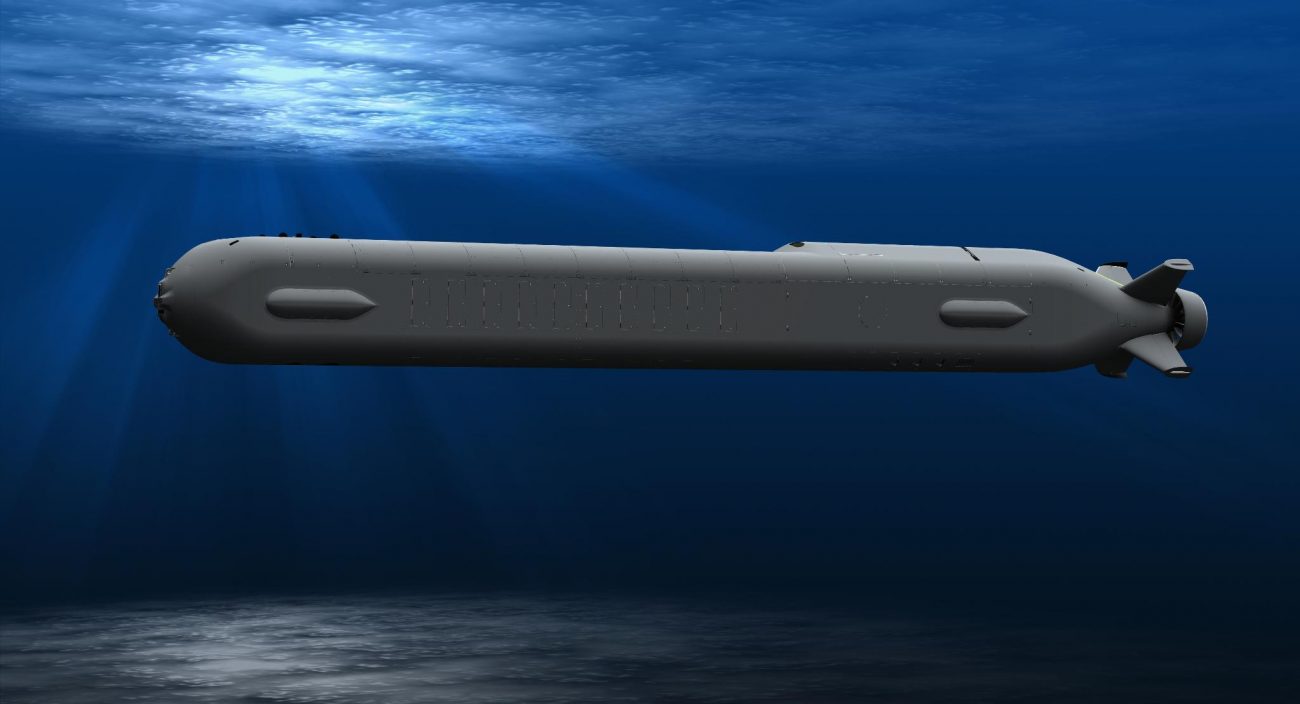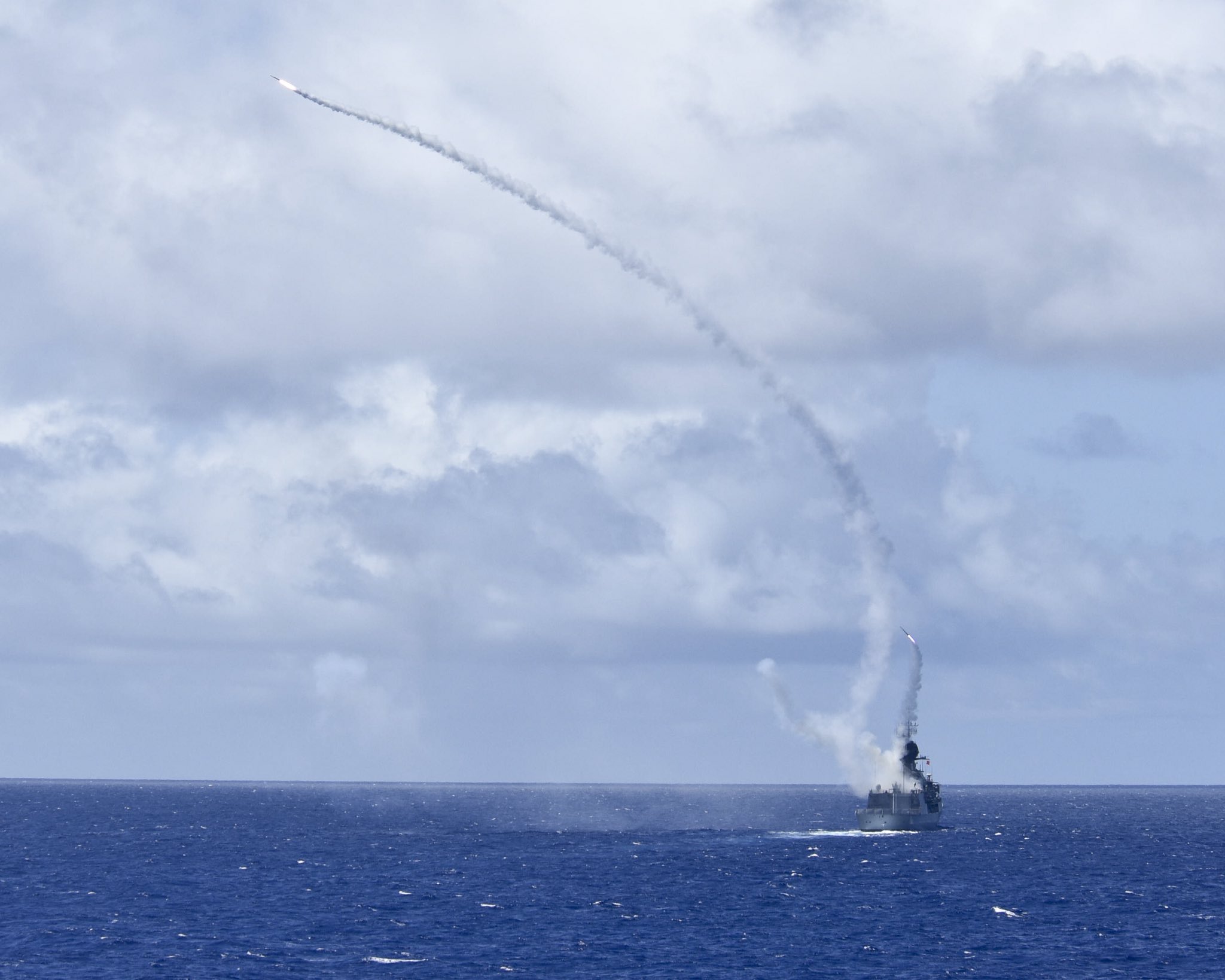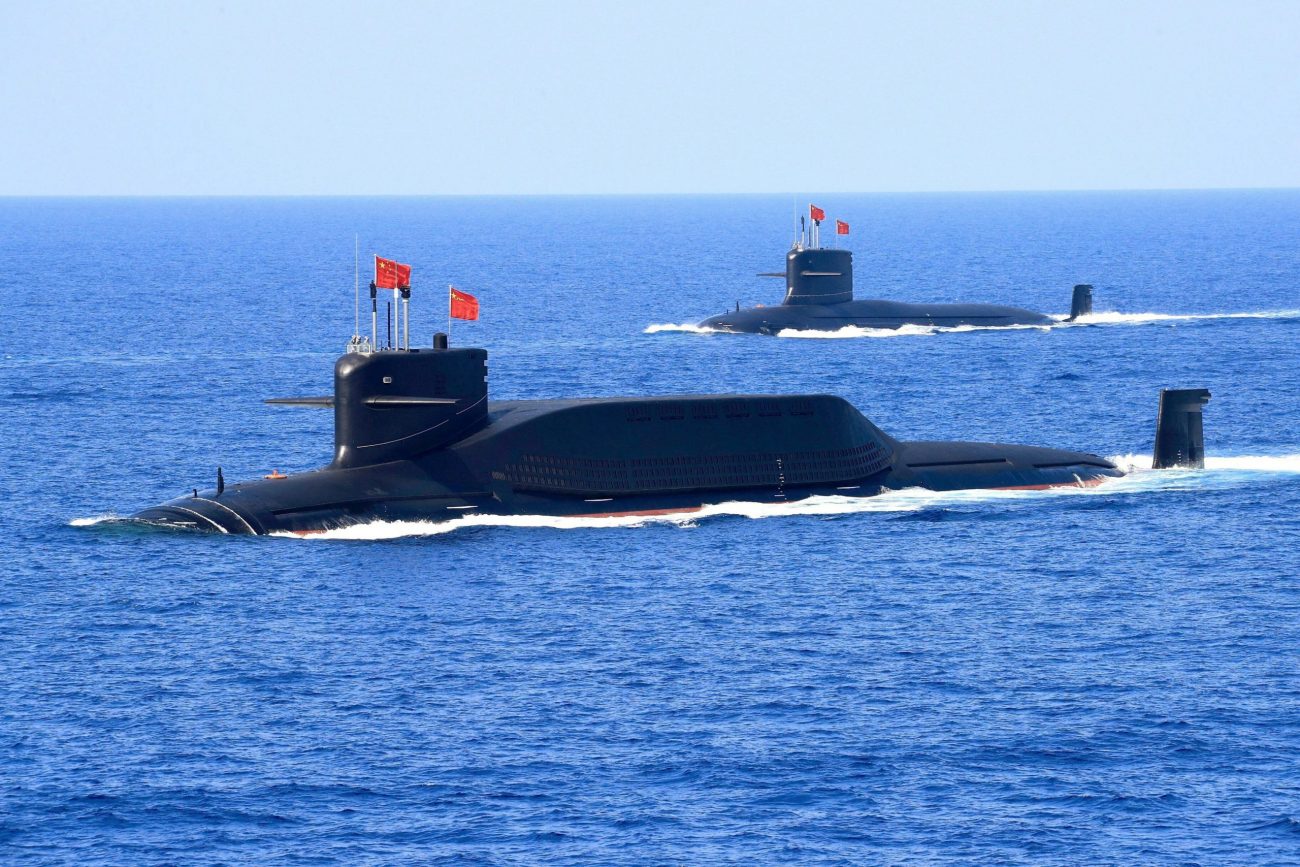Australian Defense Minister Peter Dutton has announced a $2 billion (US$1.44 billion) investment in developing cutting-edge unmanned submarine technology to bolster Australia’s undersea warfare capabilities amid growing regional tensions.
The Australian Department of Defense will collaborate with Anduril Australia to design and produce three Extra Large Autonomous Undersea Vehicles (XL-AUV) for undersea drones.
The vessels will be controlled remotely, have a length of 10 to 30 meters, and can carry armaments over vast distances. The United States (Orca XLUUV) and the United Kingdom (Manta XLUUV) have both tested similar technologies.
These drones can perform a variety of functions, including underwater patrols along pre-programmed paths, electronic spying, and anti-submarine warfare.
“This capability would potentially complement and enhance the agility and potency of the [Royal Australian] Navy’s (RAN) current submarine and surface combatant force in maintaining peace and stability in the Indo-Pacific region,” the defense minister said in a statement.

The vessels would also provide innovative mission alternatives for the Australian Defense Force (ADF) while posing a disruptive and tough undersea problem for any adversary.
Palmer Luckey, Anduril founder, said in a statement that the XL-AUV would leverage the latest developments in autonomy, edge computing, sensor fusion, propulsion, and robotics to deliver sophisticated capability to the Royal Australian Navy.
The drones will be developed as a stopgap solution to strengthen the RAN until the advent of nuclear-powered submarines under AUKUS.
Advanced Self-Defense Missiles for Navy
At the same time, the minister pledged to invest more than $2 billion (US$1.44 billion) to purchase cutting-edge missile technology to protect navy boats against anti-ship weaponry. The country will purchase Evolved Sea Sparrow Missiles (ESSM Block 2), which have a range of 50 kilometers and active radar technology to help identify enemy anti-ship missiles.
Experts have emphasized the need for cutting-edge self-defense missiles for the Navy. Last month, a leading Canberra think tank highlighted the danger that China’s anti-ship cruise missiles (ASCMs) posed to Australian and other US allies’ navies in the Indo-Pacific.
The first batch of ESSMs has already arrived in Australia for initial integration and testing. In addition, proposals are in place for the weapons to be manufactured in Adelaide, Brisbane, Newcastle, and Melbourne. The missiles will be outfitted to the navy’s Anzac Class frigates and Hobart Class destroyers.
The purchase of the Evolved Sea Sparrow Missile (ESSM) Block 2, according to the Australian government, is a crucial pillar in shaping, deterring, and responding to safeguard Australia’s interests in a strategically complex environment.

The ESSM Block 2 is a cutting-edge surface-to-air missile capable of killing today’s most advanced air and missile threats. BAE Systems Australia, L3 Harris, and G H Varley are among the ESSM Block 2 suppliers, with production and support offices in Adelaide, Melbourne, Brisbane, and Newcastle.
Also, the country is seeking to strengthen its missile production capabilities. For this, the government is hopeful that the Australian defense sector will bring higher missile production rates in the future and more prospects for Australian industry involvement in missile component manufacturing.
The involvement of Australia in the NATO Sea Sparrow Consortium facilitates the delivery of the ESSM Block 2. The agreement will also give the Australian Navy access to critical technological information, enhance its link with NATO, and split the expense of building a highly effective anti-ship missile capability.
“As consortium partners, Defense and Australian industry have completed a significant amount of work to develop the ESSM Block 2 to date,” the government said in a statement. The growing naval capabilities of the Chinese Navy are causing considerable unease in Canberra and Washington.

Recently, Australia also authorized a plan worth A$3.5 billion ($2.6 billion) to speed up the procurement of Naval Attack Missiles and Joint Air-to-Surface Standoff Missile Extended Range (JASSM-ER) to improve the country’s advanced strike capabilities.
The latest arms purchase comes after Beijing signed a security agreement with the Solomon Islands government, which might allow the Chinese Communist Party (CCP) to station troops, weaponry, and navy ships on the Pacific island. This is some 1,700 kilometers north of Cairns in Australia.
The island nation is strategically positioned and oversees key sea passages. That’s why experts have cautioned that full implementation of the agreement could rekindle South Pacific hostilities similar to those in the South China Sea.
Furthermore, the recent disclosure that China inked an agreement with the island in 2019 to develop it into an “Aeronautical Hub” has exacerbated regional concerns.
- Contact the author at ashishmichel@gmail.com
- Follow EurAsian Times on Google News




